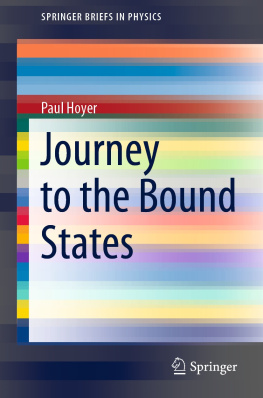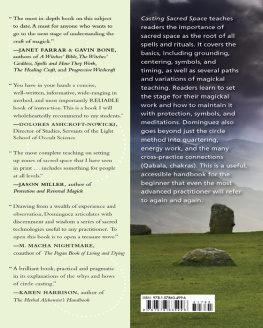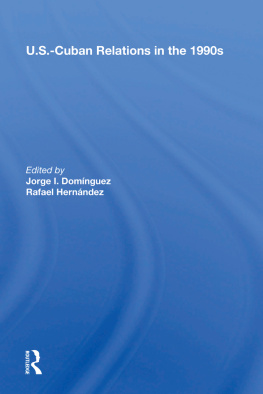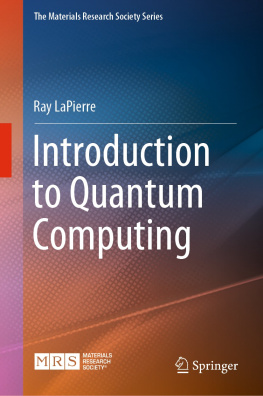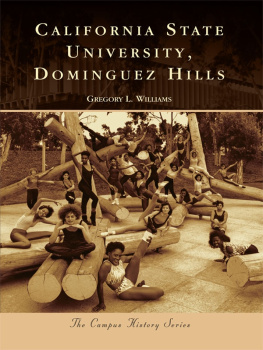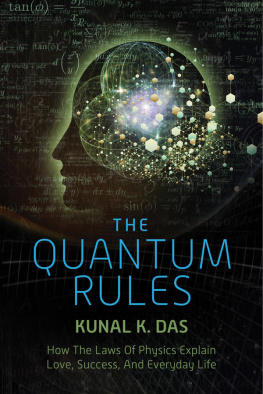Dominguez - Quantum Chromodynamics Sum Rules
Here you can read online Dominguez - Quantum Chromodynamics Sum Rules full text of the book (entire story) in english for free. Download pdf and epub, get meaning, cover and reviews about this ebook. City: Cham, year: 2018, publisher: Springer&Nature, genre: Children. Description of the work, (preface) as well as reviews are available. Best literature library LitArk.com created for fans of good reading and offers a wide selection of genres:
Romance novel
Science fiction
Adventure
Detective
Science
History
Home and family
Prose
Art
Politics
Computer
Non-fiction
Religion
Business
Children
Humor
Choose a favorite category and find really read worthwhile books. Enjoy immersion in the world of imagination, feel the emotions of the characters or learn something new for yourself, make an fascinating discovery.
Quantum Chromodynamics Sum Rules: summary, description and annotation
We offer to read an annotation, description, summary or preface (depends on what the author of the book "Quantum Chromodynamics Sum Rules" wrote himself). If you haven't found the necessary information about the book — write in the comments, we will try to find it.
Quantum Chromodynamics Sum Rules — read online for free the complete book (whole text) full work
Below is the text of the book, divided by pages. System saving the place of the last page read, allows you to conveniently read the book "Quantum Chromodynamics Sum Rules" online for free, without having to search again every time where you left off. Put a bookmark, and you can go to the page where you finished reading at any time.
Font size:
Interval:
Bookmark:
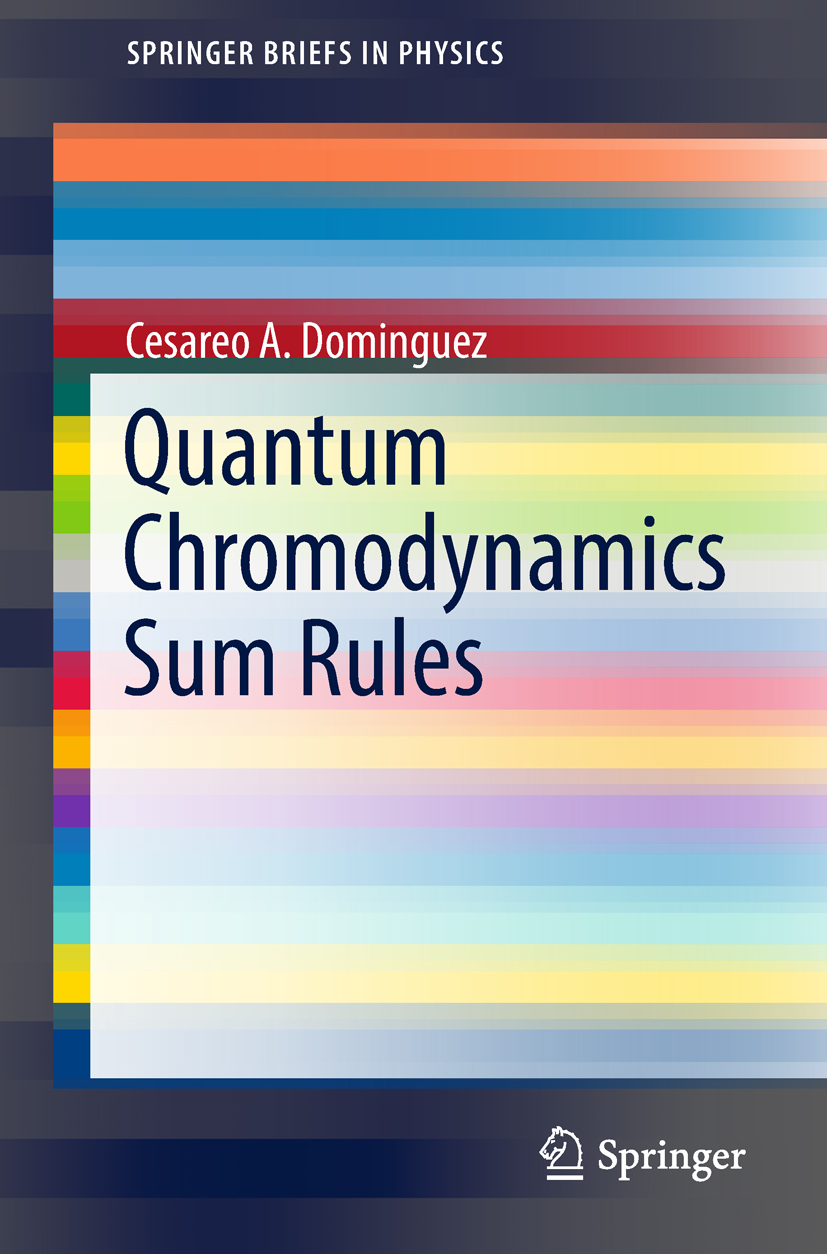
More information about this series at http://www.springer.com/series/8902

This Springer imprint is published by the registered company Springer Nature Switzerland AG
The registered company address is: Gewerbestrasse 11, 6330 Cham, Switzerland
To Pavel Baikov, Konstantin Chetyrkin, and Johann Khn
for obtaining higher order QCD results allowing for precision determinations from QCD Sum Rules
This book is intended for readers with a good knowledge of quantum field theory, in general, and quantum chromodynamics (QCD), in particular. It is addressed to readers planning to start research in QCD in the framework of sum rules. Currently, there are two major approaches to obtain information in QCD, i.e. lattice QCD (LQCD) and QCD sum rules (QCDSR). The latter is the subject matter of this book. It deals with the current state-of-the-art formulation of QCDSR in the complex squared energy plane, called finite energy sum rules (FESR). This allows for a relation between QCD and hadronic physics following from Cauchys residue theorem in that plane. As a result, current FESR determinations of a plethora of QCD and hadronic parameters rival in precision with those from LQCD. This healthy competition is extremely beneficial for our understanding of the strong interactions at the most elementary level.
This book is not a review of past work on QCDSR. The pioneering formulation of QCDSR in the framework of integral transforms, e.g. Laplace and Hilbert, while having played a fundamental role in the development of the subject, is currently no match for the precision achieved from FESR. In addition, and most importantly, the FESR parameter related to quark-gluon deconfinement (at finite temperature) has recently been shown to be related to the Polyakov loop of LQCD. This brings these two approaches into a beneficial partnership.
The topics discussed in this book concern mostly QCD at zero temperature. A last chapter on finite temperature QCDSR has been kept short, as there is a recent comprehensive review on this subject. The extension of QCDSR to include hadronic/QCD matter in the presence of very strong magnetic fields is not covered here. This new research direction is currently in a state of flux, so the reader is advised to consult the literature.
The author wishes to thank his QCD sum rule collaborators: Alejandro Ayala, Jose Bordes, Pietro Colangelo, Marcelo Loewe, Giuseppe Nardulli  , Nasrallah Nasrallah, Nello Paver, Jose Pearrocha, Eduardo de Rafael, J. Cristobal Rojas, Karl Schilcher, Joan Sola, Hubert Spiesberger, and Cristian Villavicencio.
, Nasrallah Nasrallah, Nello Paver, Jose Pearrocha, Eduardo de Rafael, J. Cristobal Rojas, Karl Schilcher, Joan Sola, Hubert Spiesberger, and Cristian Villavicencio.
Special thanks are due to Marcelo Loewe for reading the manuscript, and to Alexes Mes and Jed Stephens for providing Eq. ( ).
This work was supported in part by the University of Cape Town, (South Africa), and by the Alexander von Humboldt Foundation (Germany).

 is the SU(3)-colour index,
is the SU(3)-colour index, 
Font size:
Interval:
Bookmark:
Similar books «Quantum Chromodynamics Sum Rules»
Look at similar books to Quantum Chromodynamics Sum Rules. We have selected literature similar in name and meaning in the hope of providing readers with more options to find new, interesting, not yet read works.
Discussion, reviews of the book Quantum Chromodynamics Sum Rules and just readers' own opinions. Leave your comments, write what you think about the work, its meaning or the main characters. Specify what exactly you liked and what you didn't like, and why you think so.


